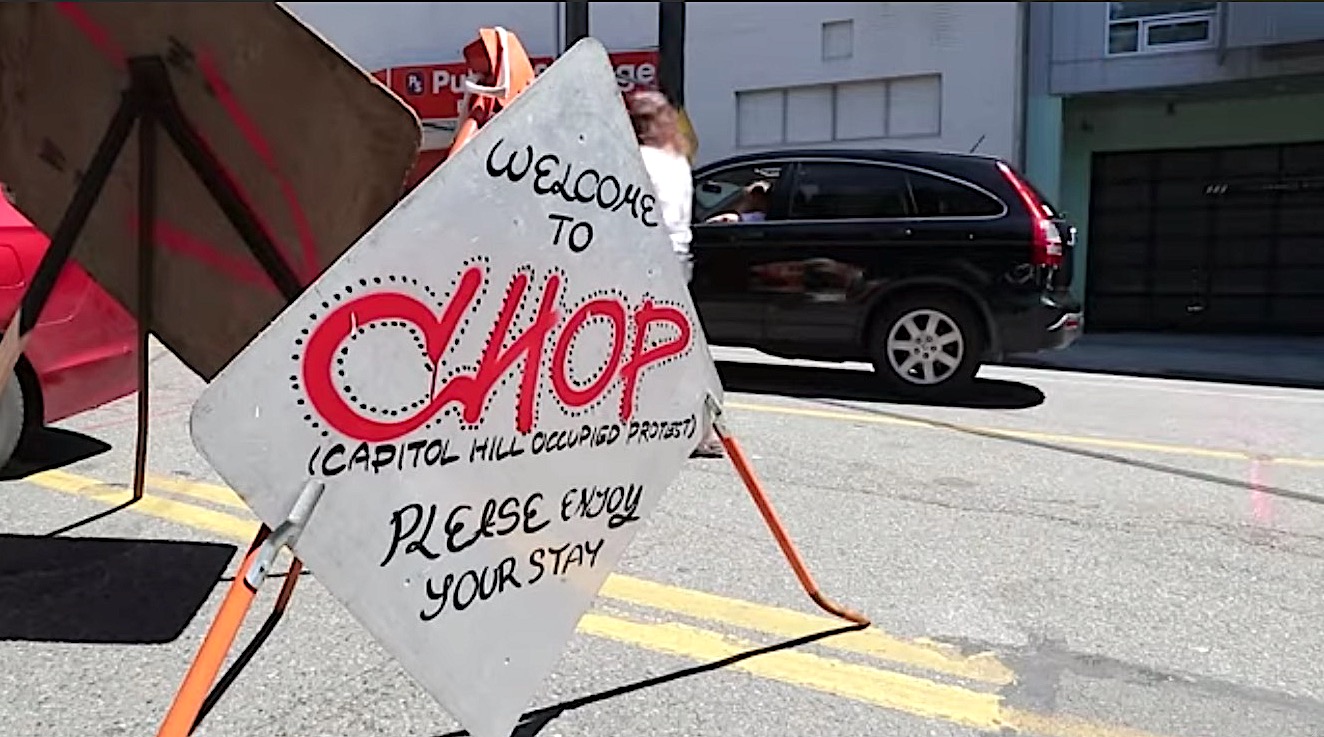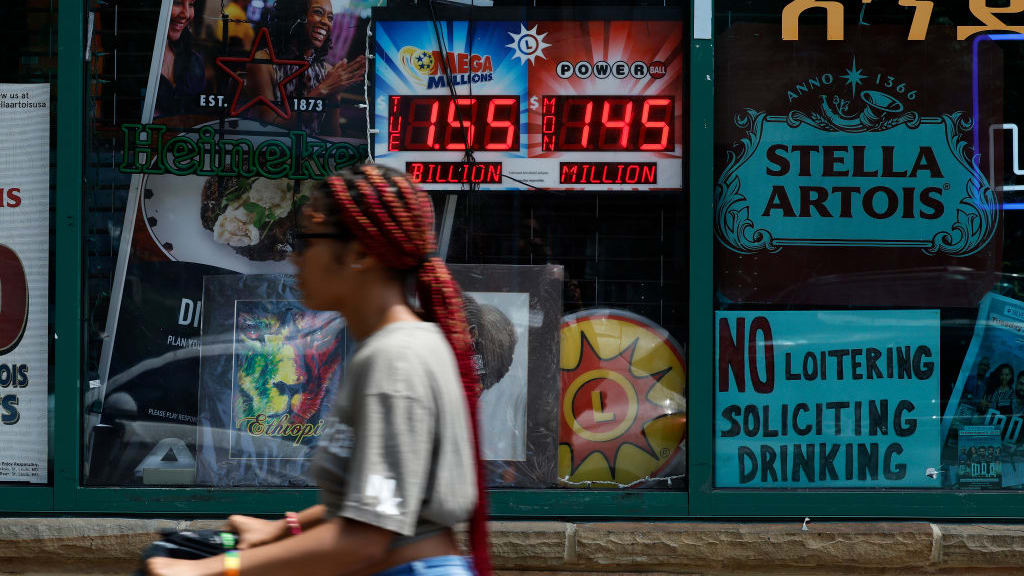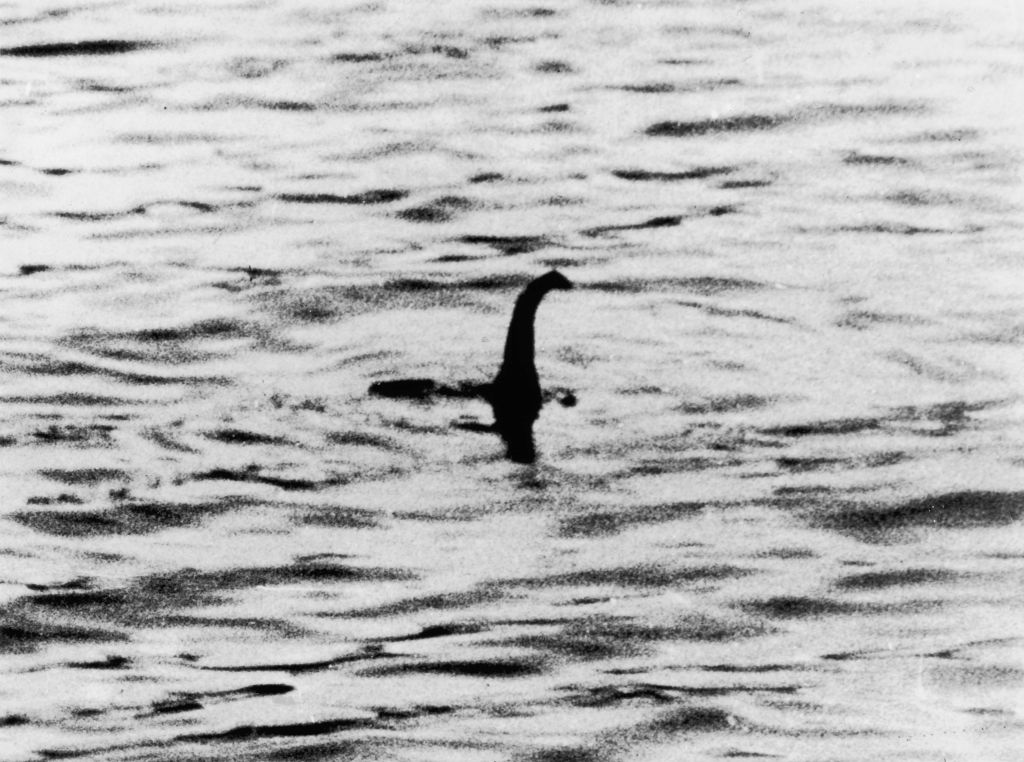Seattle's mayor says it's time to break up autonomous zone, gives no real timeline or process


Seattle's Capitol Hill Occupied Protest (CHOP), the police-free area just outside of downtown formerly known as the Capitol Hill Autonomous Zone (CHAZ), had two shootings over the weekend, and one of the three people shot, a 19-year-old male, died. The shootings are still under investigation, and it's not clear they are related to the protest at all, but Seattle Mayor Jenny Durkan said Monday evening that CHOP needs to wind down.
"It's time for people to go home," Durkan said. "It's time to restore Cal Anderson Park and Capitol Hill. The impacts on the businesses and residents and community are now too much," and "the impacts have increased and the safety has decreased," especially when night falls. She did not provide a time frame, and said "it would not be an effective strategy to simply send police in to try to clear the area," but if the occupation doesn't end, "additional steps" will be considered.
CHOP grew out of a violent police crackdown on protesters on Capitol Hill, one of the hundreds that sprang up nationwide after the police killing of George Floyd in Minneapolis. Police vacated the East Precinct the next day and the protesters moved in, setting up barricades, then snack booths, art areas, a movie screening mechanism, and ad hoc security arrangements. There have been incidents, including attempted rape and burglary, but the protesters have handled the situation, The Stranger reports. One Capitol Hill resident told The Associated Press the area shifts from happy and peaceful to tense and violent on a dime.
The Week
Escape your echo chamber. Get the facts behind the news, plus analysis from multiple perspectives.

Sign up for The Week's Free Newsletters
From our morning news briefing to a weekly Good News Newsletter, get the best of The Week delivered directly to your inbox.
From our morning news briefing to a weekly Good News Newsletter, get the best of The Week delivered directly to your inbox.

Durkan also promised to meet some of the demands from the protesters, including investing more in Black communities and reforming policing in Seattle, but she also said the police will be moving back into the East Precinct building. "We will be doing it peacefully and in the near future," she said.
A free daily email with the biggest news stories of the day – and the best features from TheWeek.com
Peter has worked as a news and culture writer and editor at The Week since the site's launch in 2008. He covers politics, world affairs, religion and cultural currents. His journalism career began as a copy editor at a financial newswire and has included editorial positions at The New York Times Magazine, Facts on File, and Oregon State University.
-
 Political cartoons for January 17
Political cartoons for January 17Cartoons Saturday’s political cartoons include hard hats, compliance, and more
-
 Ultimate pasta alla Norma
Ultimate pasta alla NormaThe Week Recommends White miso and eggplant enrich the flavour of this classic pasta dish
-
 Death in Minneapolis: a shooting dividing the US
Death in Minneapolis: a shooting dividing the USIn the Spotlight Federal response to Renee Good’s shooting suggest priority is ‘vilifying Trump’s perceived enemies rather than informing the public’
-
 Nobody seems surprised Wagner's Prigozhin died under suspicious circumstances
Nobody seems surprised Wagner's Prigozhin died under suspicious circumstancesSpeed Read
-
 Western mountain climbers allegedly left Pakistani porter to die on K2
Western mountain climbers allegedly left Pakistani porter to die on K2Speed Read
-
 'Circular saw blades' divide controversial Rio Grande buoys installed by Texas governor
'Circular saw blades' divide controversial Rio Grande buoys installed by Texas governorSpeed Read
-
 Los Angeles city workers stage 1-day walkout over labor conditions
Los Angeles city workers stage 1-day walkout over labor conditionsSpeed Read
-
 Mega Millions jackpot climbs to an estimated $1.55 billion
Mega Millions jackpot climbs to an estimated $1.55 billionSpeed Read
-
 Bangladesh dealing with worst dengue fever outbreak on record
Bangladesh dealing with worst dengue fever outbreak on recordSpeed Read
-
 Glacial outburst flooding in Juneau destroys homes
Glacial outburst flooding in Juneau destroys homesSpeed Read
-
 Scotland seeking 'monster hunters' to search for fabled Loch Ness creature
Scotland seeking 'monster hunters' to search for fabled Loch Ness creatureSpeed Read
